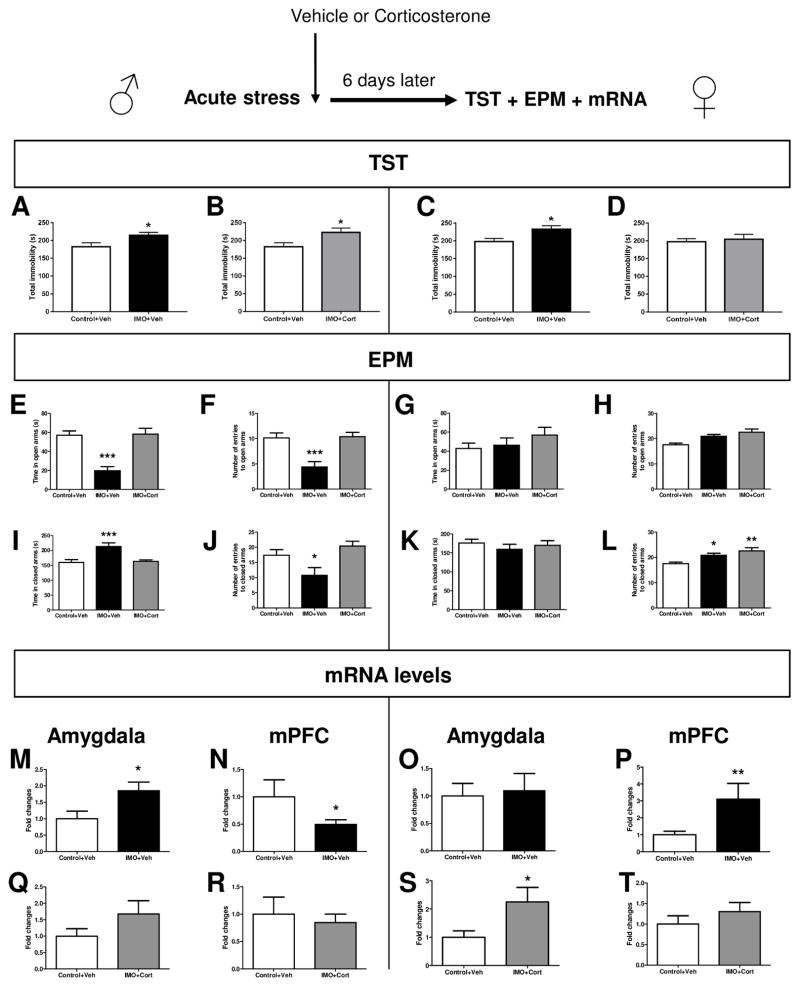Figure 7. Ppm1f and corticosterone in anxiety-like behavior and depressive-like behavior in both male and female mice.
N=5–8 per group. Systemic corticosterone given 1 hour after stress did not rescue the depressive-like phenotype elicited by IMO in male mice (A, B). However, Corticosterone rescued the depressive-like behavior induced by IMO in female mice (C, D) *p≤0.05). EPM results showed that corticosterone rescued the anxiety-like behavior in male mice (E,F, I, J, *p≤0.05, **p≤0.01, ***p≤0.001 vs the other groups). In contrast, IMO did not induce an anxiety-like behavior in female mice (G, H, K). The number of entries in closed arms was increased in the IMO+Veh vs Control+Veh group (L, *p≤0.05, ***p≤0.001 vs Control+Veh). Analysis of the mRNA levels in males showed that the IMO+Veh group presented enhanced levels of ppm1f compared to Control group (p=0.0331, M) in the Amygdala and decreased levels in the mPFC (p=0.0371, N). Corticosterone rescued the ppm1f gene changes induced by IMO in the Amygdala (Q) and mPFC (R). The mRNA levels in females were upregulated in mPFC in the group IMO+Veh vs Control+Veh (P) and also in the group IMO+Cort vs Control+Veh in the Amygdala (S). Corticosterone rescued the ppm1f gene changes in the mPFC (T).

